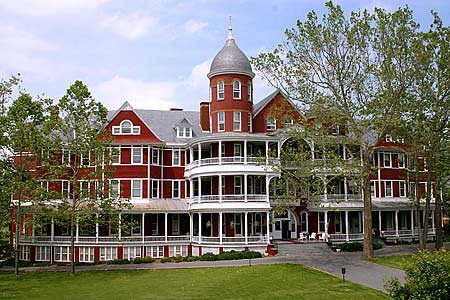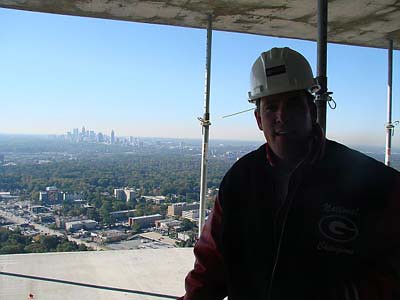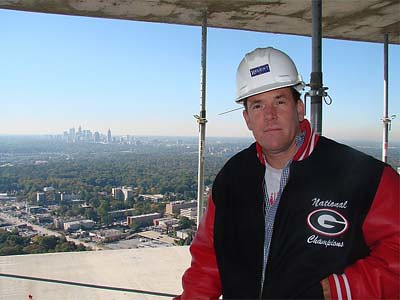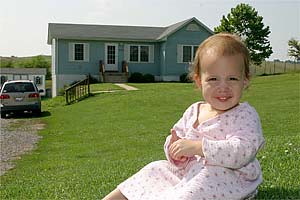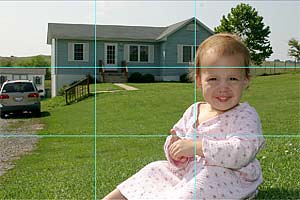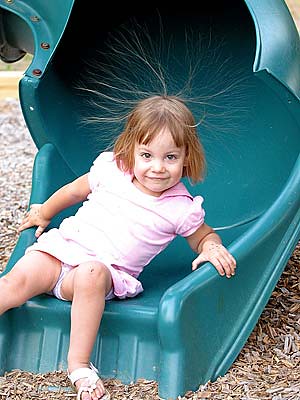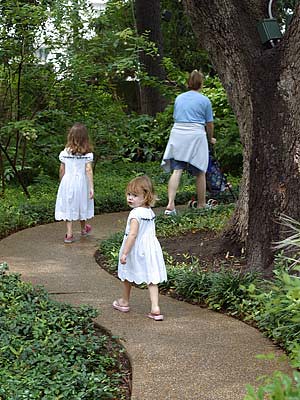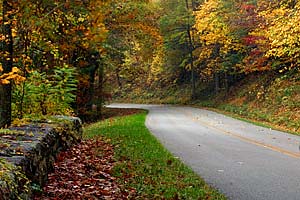Do you want to capture the moment of joy when a football player crosses the goal line? Then stopping the action is likely what you want. But what if you shooting a NASCAR race? Stopping all action, including the spinning wheels, will make it look like the cars are just sitting on the track. In that instance, you probably want a little motion blur to convey the feeling of how fast they are moving.
Let’s talk about stopping the action first. There are a couple of basic rules to remember. First, for normal photography (things like portraits, landscapes, and candid photos), take the length of your lens and put it under a one. In other words, if you are shooting with a 50mm normal lens, then you need to have 1/50 of a second to expect a sharp, clear photo.
|
If you are trying to capture a subject in motion, however, you need a faster shutter speed. This is especially true for sports, as shown in this football photo.

The rule of thumb is the same, but you have to triple the length of your lens to expect a sharp, clear photo.
|
Let’s go back to the NASCAR example. How do you create the motion blur to help a car look like it is moving? By panning. Panning is the act of moving the camera in the direction the subject is moving while taking the photo.
Let’s say you’re at a race and the cars are going past you from the right to the left. In panning, you need to focus on the zone the car is about to go through and as the car drives through that zone you follow it with your camera, keeping it in the viewfinder the whole time. Panning also requires you to slow your shutter speed down a little bit from normal sports photography. As a rule of thumb, try the one over your lens’ length as a starting point and then adjust as necessary.
There is definitely a trick to panning, and it generally takes a lot of practice to get it down. Here is a good example of panning from a road race:

Do you see how the blurred background and blurred wheels on the car help make it seem like the car is going really fast? When you get it right, panning can be fantastic!


